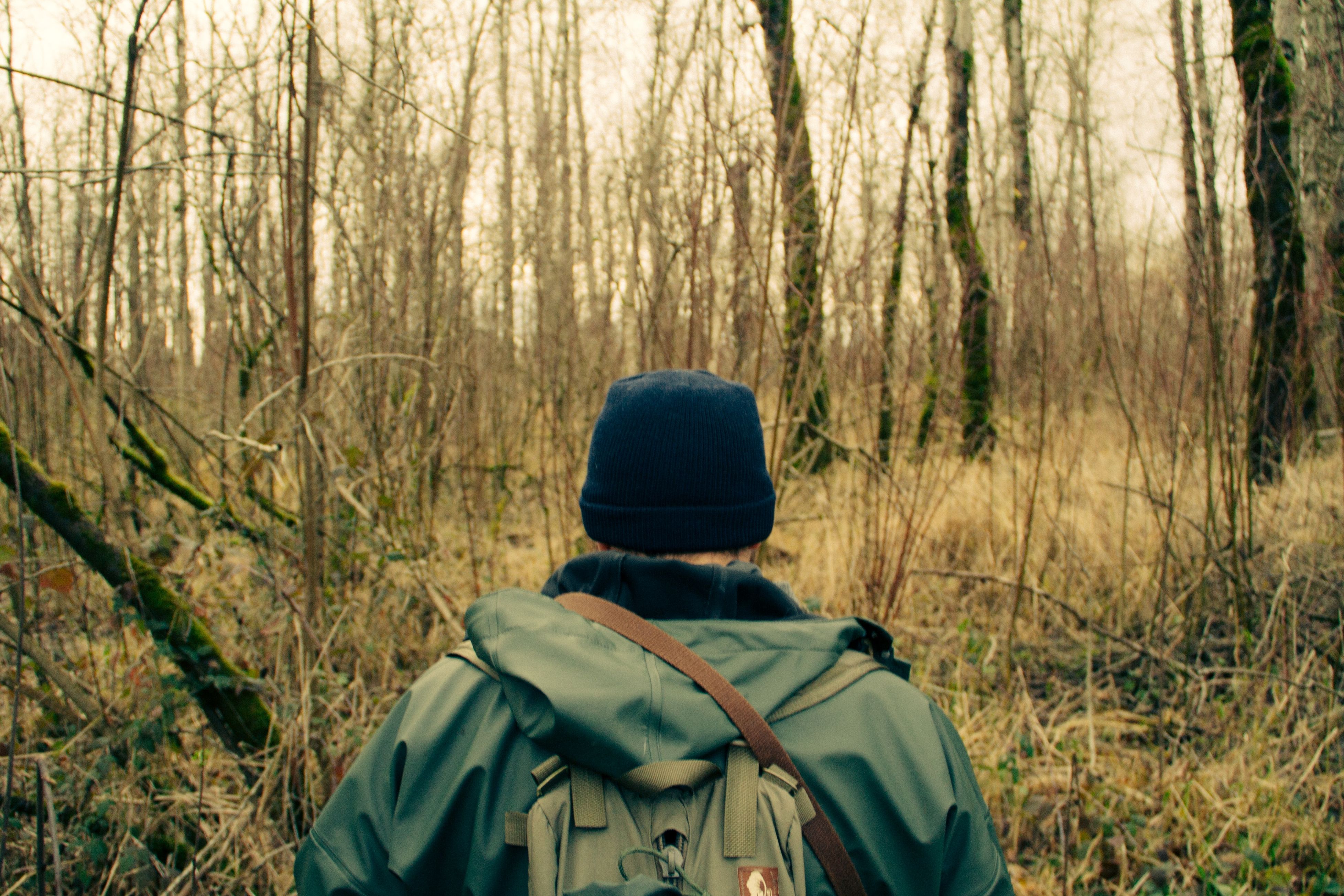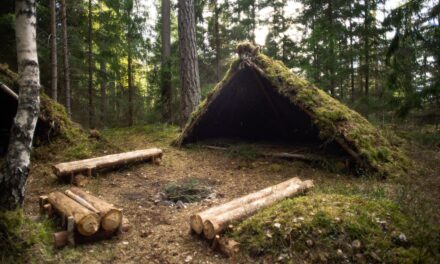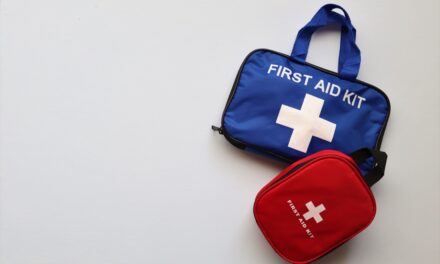Introduction: Crafting Your Wilderness Survival Kit
When it comes to braving the wilderness, nothing is more critical than being well-prepared with the right survival kit. In this comprehensive guide, we delve into the intricacies of crafting an optimal wilderness survival kit list, a crucial companion for any outdoor enthusiast, adventurer, or survivalist. This article isn’t just about listing items; it’s about understanding the purpose and practical use of each component in your survival arsenal.
The wilderness offers unpredictable challenges and hazards, from harsh weather conditions and difficult terrain to potential wildlife encounters. A well-thought-out survival kit is your first line of defense in managing these challenges effectively. Here, we aim to provide an engaging and thorough exploration of the essential items that should form the backbone of your wilderness survival kit. Drawing from expert insights, field-tested knowledge, and current research, we will cover everything from basic necessities to advanced tools and gadgets that could make a significant difference in a survival scenario.
Our goal is to ensure that this guide resonates with a wide range of readers, from seasoned wilderness explorers to those just beginning their adventure into the great outdoors. By the end of this guide, you will not only have a comprehensive list of items for your wilderness survival kit but also an understanding of how and when to use each item effectively.
In-Depth Look at the Wilderness Survival Kit List
Essential Items for Survival
Surviving in the wilderness hinges on a few critical items. Let’s explore these essentials:
- Water Filtration and Purification Systems: This includes portable water filters, purification tablets, or even a simple boiling method. Clean water is a must for hydration and cooking.
- Durable Shelter Materials: Lightweight tents, tarps, or emergency bivy sacks can protect you from harsh elements.
- Reliable Fire-Starting Tools: Waterproof matches, ferro rods, and lighters are indispensable for warmth, cooking, and signaling.
Nutrition and Food Procurement
Securing food is essential for maintaining energy:
- Non-Perishable Food: Pack energy-dense, long-lasting food items such as energy bars, nuts, and dried fruits.
- Hunting and Fishing Gear: Compact fishing kits, snares, and a good survival knife can help procure fresh food in the wild.
Navigation and Communication Tools
Staying oriented and being able to call for help are crucial:
- Compass and Maps: Even in the age of GPS, traditional navigation tools are reliable and don’t rely on batteries.
- Signal Devices: Items like whistles, mirrors, or a flare can be lifesavers in emergency situations.
First Aid and Health Management
A comprehensive first aid kit is a non-negotiable part of any survival gear:
- First Aid Supplies: Include bandages, antiseptics, pain relievers, and personal medications.
- Protection Against Elements: Sunscreen, insect repellent, and a hat can protect against environmental hazards.
Additional Survival Gear
Beyond the basics, here are some other items to consider:
- Multi-Tools and Knives: Versatile and space-efficient, these tools can perform a multitude of tasks.
- Durable Clothing and Footwear: Appropriate attire is essential for protection against various weather conditions.
- Portable Lighting: Headlamps, flashlights, and extra batteries are crucial for visibility at night.
In the next section, we’ll summarize these points and provide key takeaways to help you assemble your wilderness survival kit.
Summary and Key Takeaways: Assembling Your Wilderness Survival Kit
Final Insights on Building Your Survival Kit
Through our journey into creating the perfect wilderness survival kit list, we’ve covered the essential gear and tools necessary for any outdoor survival scenario. Let’s encapsulate the key elements:
- Water and Shelter: Prioritize tools for water purification and lightweight, durable shelter materials to protect against the elements.
- Fire and Food: Fire-starting tools are essential for warmth and cooking. Include non-perishable food, and if skilled, tools for hunting or fishing.
- Navigation and Signaling: Reliable compasses, maps, and signaling devices ensure you can navigate and call for help if necessary.
- First Aid and Health: A comprehensive first aid kit is vital for addressing injuries or health issues, complemented by protective gear like sunscreen and insect repellent.
- Tools and Clothing: Multi-functional tools, sturdy clothing, and footwear are necessary for handling various tasks and traversing different terrains.
- Lighting: Ensure you have a dependable source of light, such as headlamps or flashlights, with extra batteries.
Implementing and Maintaining Your Kit
Having the right items is just the beginning. Here’s how to ensure your kit is ready when you need it:
- Regularly Review and Update Your Kit: Keep your kit up-to-date by replacing used or expired items and staying informed about new survival gear technologies and techniques.
- Practice and Familiarity: Regularly practice using each item in your kit. Familiarity with your gear can make a significant difference in an emergency.
- Customization Based on Environment: Tailor your kit based on the specific environment and the nature of your adventure. Different settings may require additional or specific types of gear.
- Stay Informed: Continue to educate yourself on survival skills and gear. Resources like [Survivalist.com](https://www.survivalist.com/) offer valuable insights and information.
In summary, a well-prepared wilderness survival kit is a crucial element of outdoor adventure and preparedness. By carefully selecting, maintaining, and familiarizing yourself with the gear in your survival kit, you enhance your ability to face and manage unexpected challenges effectively, ensuring safety and resilience in the wilderness.








